
With just two types of ramen (and one Michelin star!), does Tsuta live up to the hype?
If you’ve ever been a ramen fan, mama, chances are you’ve heard the buzz about new Japanese import Tsuta, the world’s only Michelin-starred ramen eatery. We were lucky enough to get a sneak peak (and slurp) last week before its official opening on Sunday. So is it worth the wait?

There are just 18 seats in the restaurant, and queues are expected to be the norm. Once the kitchen hits its limit of 200-250 bowls served, the restaurant closes, no matter what time it is (at the original location in Tokyo, pre-sold “tickets” typically sell out by 8am).
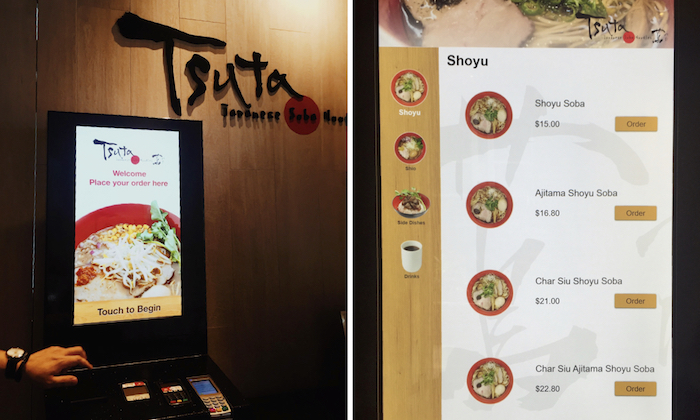
So first, the ticket concept. In a place like Singapore where restaurant service can sometimes be rather…awful, it’s kind of refreshing being able to order efficiently at a self-service touch-screen booth as soon as you walk in the door. Since there are only two types of ramen on offer (with just four variations for each one), along with a handful of sides and toppings, ordering is streamlined and efficient. You can pay by cash or credit card, then your order goes through to the kitchen, you take your ticket, and wait to be assigned a seat.
Tsuta noodles are handmade on-site with a specially selected blend of whole wheat and whole grain flours. Chef Yuki Onishi is renowned for his finely honed Shoyu broth, custom-brewed with soybeans aged for two years and blended with dashi stock made from whole chickens, vegetables, clams and other seafood ingredients.

The other broth option is Shio Soba, a slightly lighter chicken-seafood broth blend touched with Okinawa sea salt and Mongolian rock salt. The shio option is also garnished with shredded leeks, chopped onions and mint, while the more robust shoyu features Japanese parsley.
I opted for the decadent Char Siu AjiamaShoyu Soba ($22.80), which features four slices of char siu pork, bamboo shoots, leeks, flavored egg, truffle puree and truffle oil. At first glance, the broth is more translucent (almost shimmering!) in comparison to other, perhaps fattier shoyu broths that I’ve had elsewhere. I was also taken aback by the lack of condiments. At Ippudo, for instance, you’ll find garlic cloves ready for pressing, dried seaweed, chilis, and a cornucopia of other customizers. Here, I was told, the dish is meant to speak for itself.
The noodles were perfectly cooked: firm, but springy, with indeed a nicely balanced flavor that does its high-quality flours proud. I also found the earthiness from the truffle to be distinctive, a bit surprising and different from any other ramen I’ve had before.
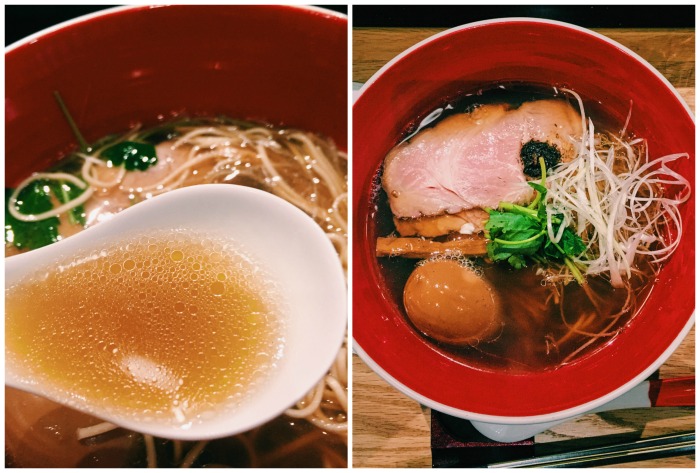
Whereas rich would probably be how I’d describe most delicious ramen broths (owing to I-don’t-want-to-know-how-much amounts of pork fat in tonkatsu ramen), earthy was definitely the dominating characteristic here. I found myself missing the brightness of spring onion, and also wondered if perhaps my palate just isn’t sophisticated enough for this minimalist take.
On the other hand, the flavored egg was divine – soft, silky, and just perfectly cooked. Technique is clearly paramount among Tsuta’s chefs.
So is Tsuta worth a visit? If you love ramen, then yes, absolutely. Is it worth queuing for two hours for? Only for true purists trying to collect Michelin stars, I would say. That said, I will absolutely go back (maybe in a month or two, once the hype has hopefully died down) to try the Shio Soba variety, because my neighbor’s bowl smelled delicious, and I’m intrigued to see how the chefs deal with such delicate flavors.
Tsuta Ramen ranges from $15 to $22.80 depending on toppings, with additional sides available as well.
Opening hours: 11am to 6pm daily (will extend to 10pm from 12 November).
Tsuta, #01-01 Pacific Plaza, 9 Scotts Road, Singapore 228210, www.facebook.com/Tsutasingapore

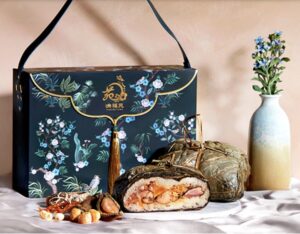
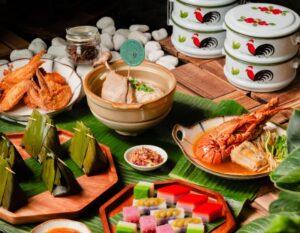



 View All
View All




 View All
View All

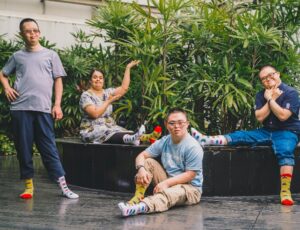







 View All
View All




